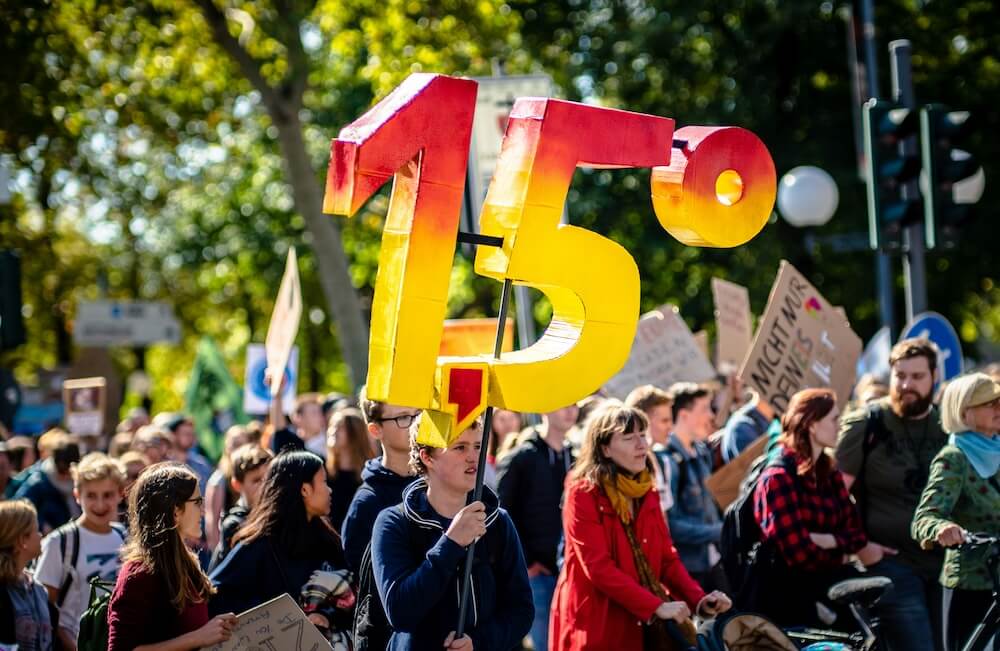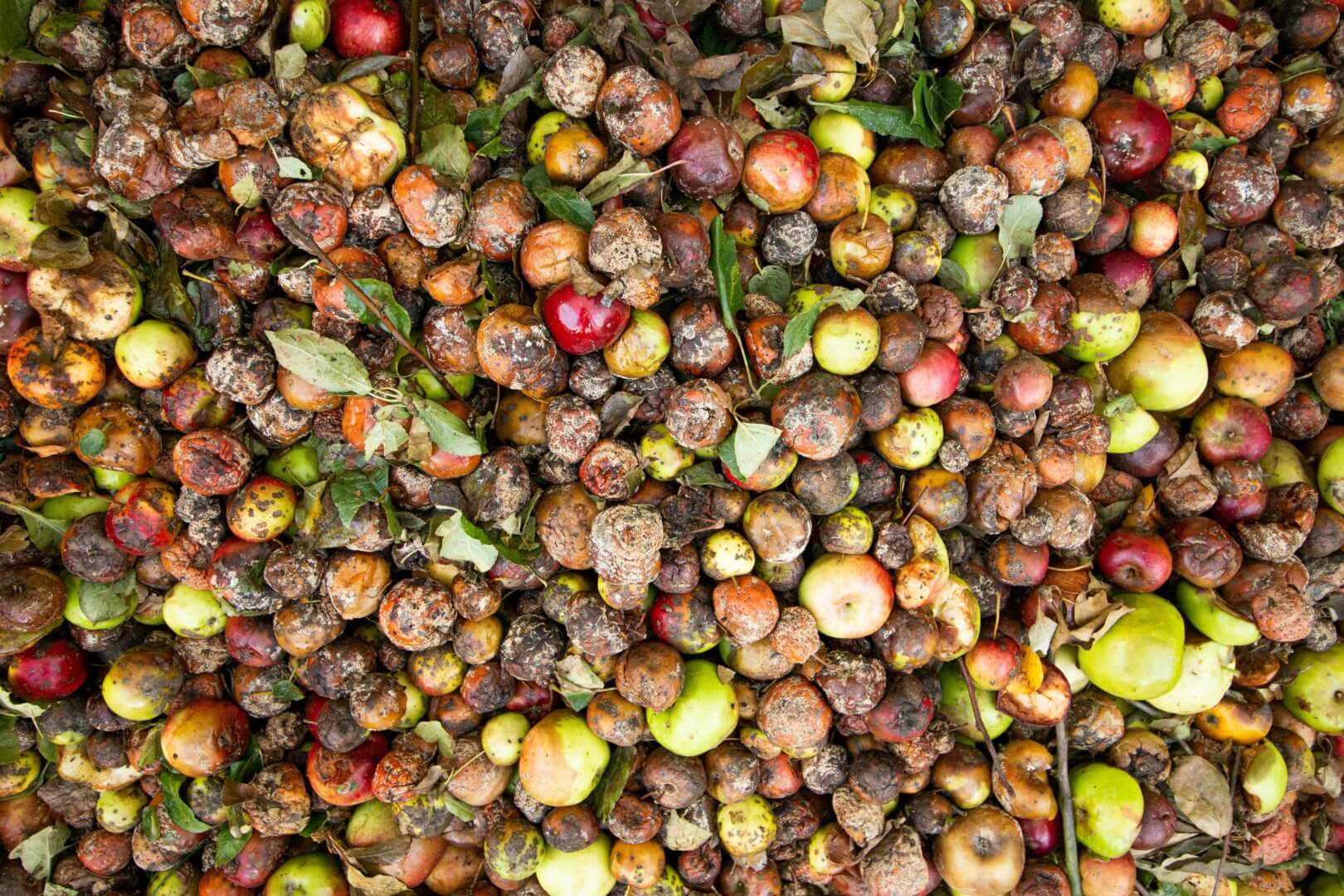It is undeniable that America’s makeup is unique. According to the US Census Bureau, as of July 2015 we have an estimate of 17.6 percent Latino, 5.6 percent Asian, 13.3 percent African American or Black, and 61.6 percent White, accounting for various percentage discrepancies due to those identifying as multiple races. Regardless of the exact percentages, it is clear that America is full of mixed culture, heritage, ethnicities, and races. And in this delicious melting pot of America, you can find every type of food imaginable.
Welcome to the United Tastes of America.
I wanted to begin this series with my home state, the beautiful, sunny, coastal California. Some people (me) might even call this side of America the best coast. This is the
state that swears its northern and southern halves operate separately and often neither want ownership of the middle. This is the state with a state constitution eight times longer than our federal constitution and enough people to be considered one of the most populated states in this country.
In the Photo: Timber Cover, CA at sunset. Photo Credit: Samantha Pitts
Stretching from the Mexican border along the Pacific coast for almost 900 miles, California has an astonishing diversity of terrain, ranging from flat farmland to redwood forests.
This diversity extends to its cuisine. I was curious to determine what food Californians called their own and the reasons behind that ownership.
I began a journey, albeit one mostly done over social media and quick coffee meet ups, into the minds of friends, family, and strangers. What food, dish, category defined California best? And why? Out of the 47 people I talked to, over 60 percent of them initially blurted out “burrito” or “taco.” They then proceeded to qualify that choice with “Californian burrito,” “burrito with fresh seafood,” or “fusion burrito.” Another follow up answer was the avocado. About 30 percent strongly believed that In-N-Out Burger was the poster burger for California.
It’s fascinating to realize that our proximity to Mexico and the influx of Mexican immigrants has so infused Mexican cuisine within Californian culture that we now believe that the burrito (or at least some variation of the burrito) is the all-reigning California champion. As a born and bred Southern Californian, I can’t help but agree wholeheartedly in the power of the burrito.
Related Articles:”FINDING SUCCESS THROUGH PASSION: INTERVIEW WITH FOOD ENTHUSIAST SARAH PHILLIPS“
“HIGH QUALITY ASIAN FOOD DELIVERED TO YOUR DOORSTEP – HOW BENTO IS UPPING THE FOOD DELIVERY ANTE“
In 2014, the percentage of Latinos surpassed that of Whites to become the majority group in California with researchers estimating that Latinos will account for about 49 percent of Californians by 2060. This change has completely altered the way California operates. Learning Spanish is a welcome part of public school education, and I’ve witnessed the advent of authentic Mexican candy (i.e. Baby Lucas) in many of the schoolyards of California’s private institutions.
It’s important to note, however, that in these conversations a lot of people also wanted to give credit to what they believed were common food types to try in California. When faced with the question of what they would recommend to a tourist, people happily named sushi, dim sum, and Korean barbeque. It’s clear that Californians, especially those from the Los Angeles area, also believe that Asian cuisine has just as much of a right to the number one place in all of our hearts.
In Photo: 2016 626 Night Market lit up. Photo Credit: arcadiasbest.com
For a full mindmap containing additional related articles and photos, visit #UnitedTastes
In fact, for the past five years, the 626 Night Market has compiled all of what seems like the world’s favorite Asian street food delicacies, inventions, and fusion monsters into one steaming hot weekend in Arcadia, CA. Currently the largest Asian-inspired food market event in the country, the festival calls upon the night markets found in Hong Kong, Bangkok, and other cities across the Orient. Upon visiting this year’s festival, I was instantly intimidated by the options. On my left, there were Banh Mi Pizzas and Yakitori. To my right, lines stretched behind a popular Korean bbq stand selling whole grilled squid. All around me, every race imaginable (though very heavy on Asian attendees), devoured various delicacies at an astonishing rate.
This shouldn’t come remotely as a surprise as Asians are currently the largest immigrant group in Southern California with some communities comprising almost entirely of an Asian subset. And as seemingly isolated as these all-Asian communities may appear, there is a certain level of embracing by others, especially when it comes to food. Din Tai Fung, a popular Taiwanese based soup dumpling restaurant, has almost universal love amongst Southern Californians, regardless of race.
There are so many more ethnicities that have powerful impact on the food community that deserve mention. Indian and Vietnamese cuisine is heavily popular in Northern California, especially in areas like Sunnyvale. The Hmong have one of the largest populations in Merced.
In the Photo: In-N’-Out Double Double Burger Photo Credit: Alex Dou
It’s tempting to opt with the choice of In-N-Out to represent California. For so long it belonged solely to this state, and the food is accessible, affordable, and very much edible. That being said, sometimes choosing the safer choice of In-N-Out isn’t best. There is something intrinsically beautiful about different people with an open palate and open heart, willing to share food. With the makeup of California, the best answer to what defines California’s taste buds may end up being no answer at all and just a willingness to eat.
Food is everything we are. It’s an extension of nationalist feeling, ethnic feeling, your personal history, your province, your region, your tribe, your grandma.
— Anthony Bourdain
Recommended reading: “U.S. FOOD TASTES REFLECT CHANGING DEMOGRAPHICS”

















